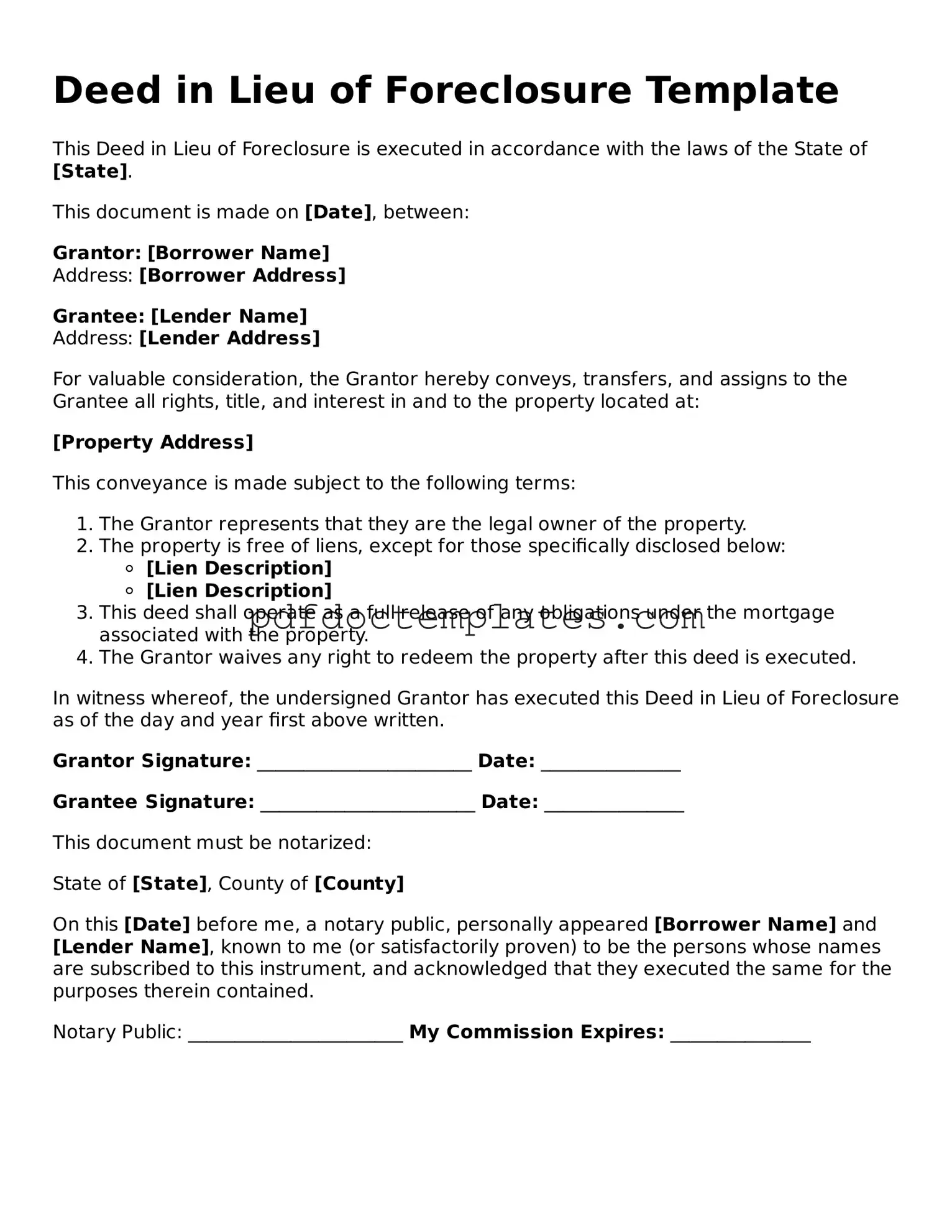General Warranty Deed Template
This General Warranty Deed is made this ___ day of __________, 20__, by and between:
- Grantor (Seller): ________________________________
- Address: _____________________________________
and
- Grantee (Buyer): ________________________________
- Address: _____________________________________
This Deed is made pursuant to the laws of the State of ________________.
1. Property Description: The Grantor hereby conveys to the Grantee the following described property situated in ________________ County, State of ________________:
______________________________________________________.
______________________________________________________.
2. Consideration: The total consideration for this conveyance is $________________.
3. Covenant of Warranty: The Grantor warrants that they hold clear title to the property and will defend the title against all claims.
4. Signatures: The Grantor(s) accepts and acknowledges this Deed. This Deed must be signed in the presence of a notary public.
IN WITNESS WHEREOF, the Grantor has executed this Deed as of the day and year first above written.
Grantor Signature: __________________________________
Date: ___________________
State of ________________
County of ________________
On this ___ day of __________, 20__, before me, a Notary Public, personally appeared ____________________________, who is known to me or has provided satisfactory evidence of identity, to be the individual who executed this instrument.
__________________________________
Notary Public Signature: _________________________
My Commission Expires: __________________________
